In February 2020, the artist Christian Rosa flew to Mexico City for the Zona Maco art fair. The serious dealers who assembled south of the border saw Rosa and assumed he had once again met the global art-party circuit at its latest port of call. The previous October, Rosa had hosted a number of late-nights at his flat in Paris during FIAC. And in May 2019, Rosa opted to drive to the Venice Biennale opening from Switzerland.
But for Rosa, Mexico City was different. He was on the cusp of being represented by OMR, one of the most respected galleries in Roma, and finally he could return to the art world’s good graces after an auspicious debut that led to half a decade in which his works tanked at auction and dealers declined to offer shows. As collectors from New York and Los Angeles climbed the stairs to OMR’s rooftop garden, scaling the brutalist edifice to take in the view of Roma and Condesa, the gallery’s owner, Cristobal Riestra, was taking Rosa around, showing off his the new addition to the artist roster.
The honeymoon did not last long.
“OMR was repping his work. They were the only gallery to really resuscitate his reputation, and he fucked up everything,” said Joseph Ian Henrikson, the founder of the New York gallery Anonymous, who was in town that year to open a show at his Mexico City branch. They had met before, the gallery owner and the artist, and while chatting with Rosa on the roof, Henrikson almost brought up a scotched secondary market deal that nearly involved them both in December 2019. It was a strange offer where a record label executive said he had access to impossible-to-find wave works by Raymond Pettibon, because they were in the collection of Pettibon’s good friend Christian Rosa.
It was a deal that would eventually lead to criminal charges against Rosa that could land him in jail for decades.
“He had an opportunity to get back in the art world again,” Henrikson said this week, 12 days after federal authorities indicted Rosa. “And he just fucked it.”
Earlier this month, the U.S. attorney for the Southern District of New York charged Rosa—he’s referred to by his full name, Christian Rosa Weinberger—with one count of wire fraud conspiracy, one count of wire fraud, and one count of aggravated identity theft. The wire fraud charges alone could land him 20 years in prison, the maximum sentence. The aggravated identity theft charge has a mandatory sentence of two years in prison.
The charges stem from what authorities say was an elaborate grifting scheme, first unveiled in my reporting at Artnet earlier this year. (While the press release announcing the indictment cited my reporting, I have not spoken to the Feds.) It allegedly went down like this: Rosa would take unfinished drawings from the studio of Pettibon, his onetime mentor, finish them himself, and then offer them to dealers and advisers as if they were legit. As the indictment lays out in obtained emails and texts, Rosa and at least one associate knew the works were fake and had to create phony certificates of authenticity in order to get the work out into the secondary market.
For a while the alleged grift worked great. One work was bought by a music world macher in L.A. One was said to have been briefly in the collection of the son of a billionaire fashion magnate. But once word was out, Rosa’s downfall was swift—perhaps even preordained. The artist never delivered on the promise of early solo shows at White Cube in London and was naked about his desire for fame. And so when word got out about his alleged criminal activity, the art world, bored in the midst of a pandemic winter, found a heavy helping of schadenfreude in the story of a grifter who needed to rip off collectors with fakes because he couldn’t sell his own original work. Rosa, too, was clearly affected. The day after publication of my earlier piece, according to the indictment, he emailed his partner in his alleged crime to say: “The secret is out.”
Rosa refused to speak to me when reached through mutual friends, though it appears he couldn’t help himself entirely. Gossip spread that Rosa said I should “watch my back,” and that he threatened to get my wife fired from her job. The chatter stopped by the end of February, when I heard he had fled to Europe.
The FBI says it does not currently know where he is. My own attempts to contact him for this column were unsuccessful.
“Mr. Weinberger may believe he escaped justice when he fled the country earlier this year, but the FBI and our partners have international reach and steadfast determination,” FBI assistant director in charge Michael J. Driscoll said in the indictment.
But sources I spoke to following the indictment indicated that Rosa may be hiding in plain sight.
In May 2015, Rosa closed on a new 11,000-square-foot-studio space in the downtown L.A. neighborhood of Boyle Heights. It was the peak of his short-lived but potent ride as the darling of the global art circuit. The June prior, he had a sold-out show at the hipper-than-thou Berlin gallery Contemporary Fine Arts, and his work sent collectors into a frenzy. CFA founder Bruno Brunnet told Bloomberg that he sold a Rosa painting out of the booth at Art Basel in Switzerland for nearly $34,000, and that the demand for the work was at a fever pitch.
“I could have sold it 20 times,” Brunnet said.
Collectors of his work who often swung by the studio included Jay-Z and Leonardo DiCaprio. And in June 2015, he had his first solo show at White Cube, the star-making London gallery founded by YBA cheerleader Jay Jopling. That turned out to be his last show at the gallery, and after one more show at CFA in 2016, he was dropped off the artist roster by January 2019. He needed cash—sources described him as a compulsive spender who gorged on five-figure designer shopping sprees even if he owed months of back rent.
Hanging on the wall of his studio in Boyle Heights were several large works by Pettibon featuring surfers hanging ten. Pettibon had a long come up in the art world’s outskirts, making record covers and flyers for his brother Greg Ginn’s band Black Flag and other SoCal hardcore outfits. But by 2019, Pettibon had been repped for years by a troika of art world potentates: David Zwirner in New York, Shaun Caley Regen in Los Angeles, and Sadie Coles in London. Together they controlled the market while making sure the prices for his striking work—punk in spirit but impressionist in scope—inched higher and higher.
He also continued to show with CFA, the Berlin gallery with a built-in scene that Pettibon had hung with since the ’90s. It was through the gallery in the 2010s that he met Brunnet’s newest rising star, Rosa, and they became fast friends, hanging out at their respective studios and painting each other’s portrait for a show at the Hole gallery in New York. Sources described it as a mentorship. One noted that Rosa would often take Pettibon gambling at his favorite haunt: the dog track.
When Rosa’s purported Pettibon works started making the rounds among art advisers, it wasn’t hard to think that the line from Pettibon to Rosa was entirely plausible.





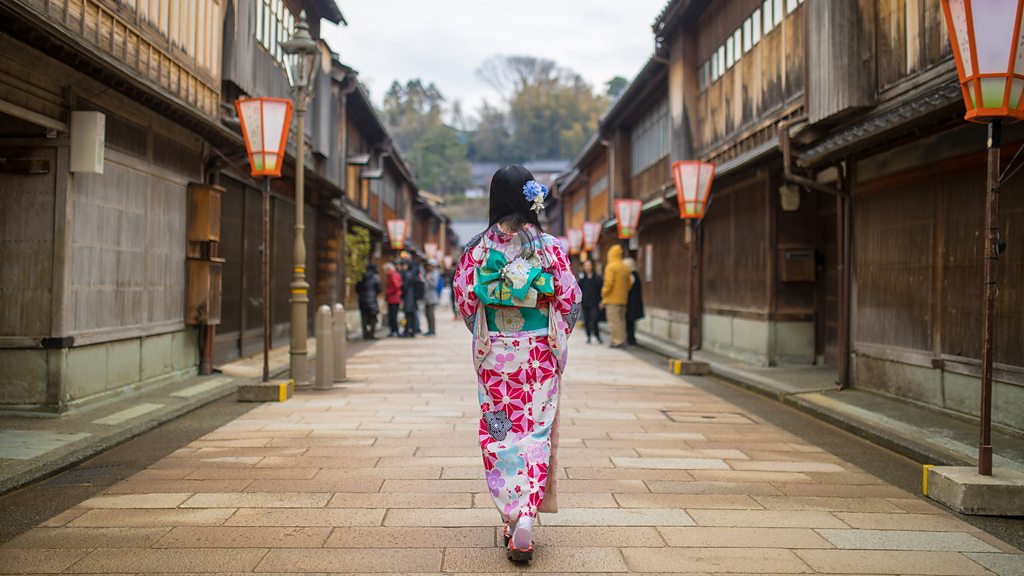

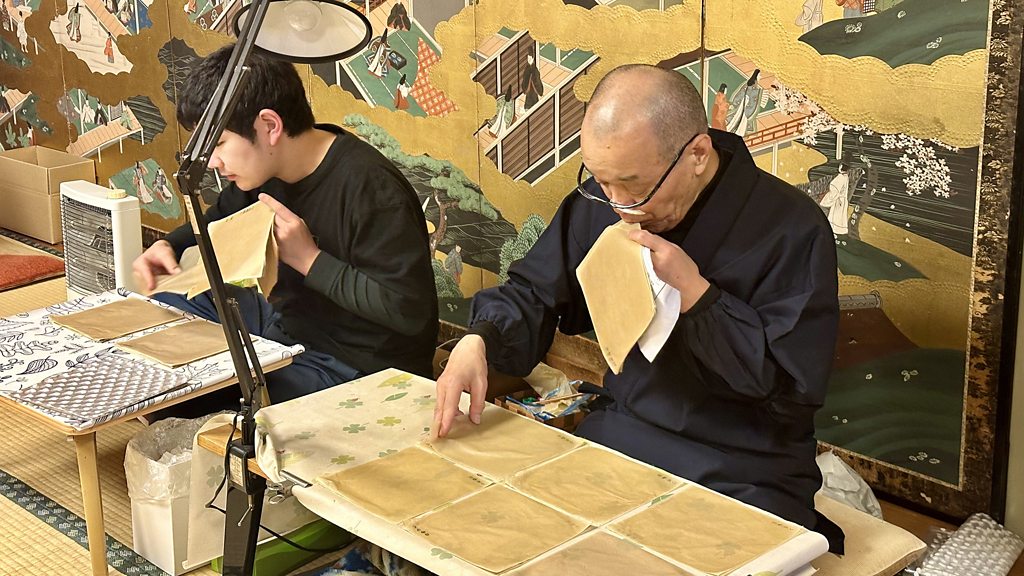
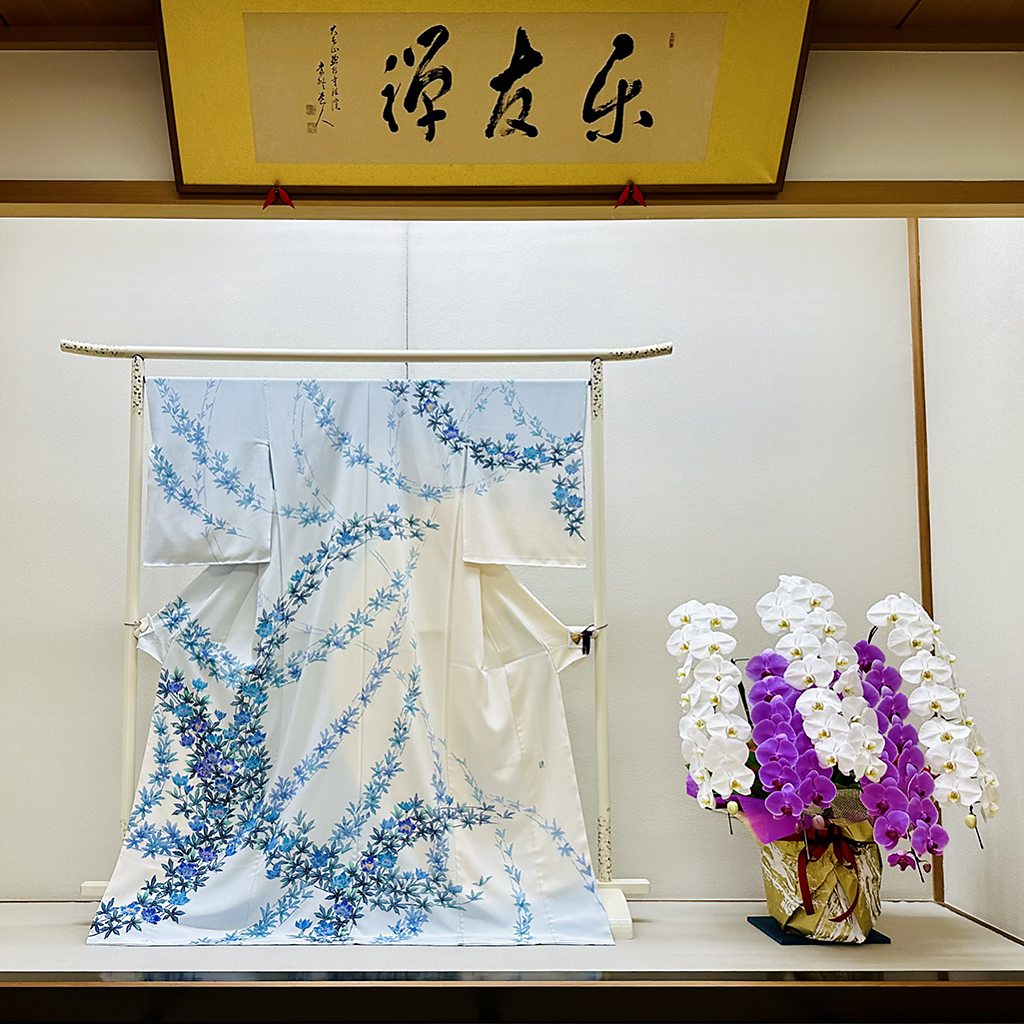
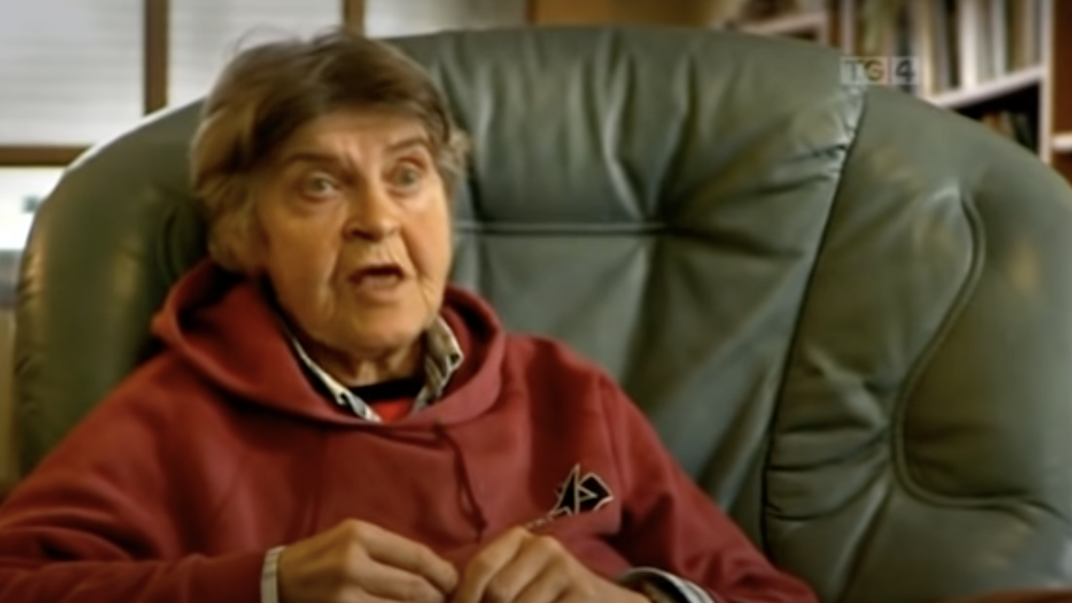
/https://tf-cmsv2-smithsonianmag-media.s3.amazonaws.com/filer_public/3c/ae/3caee39a-e564-4396-bebd-85fe5b1cdd54/gettyimages-2098854757.jpg)
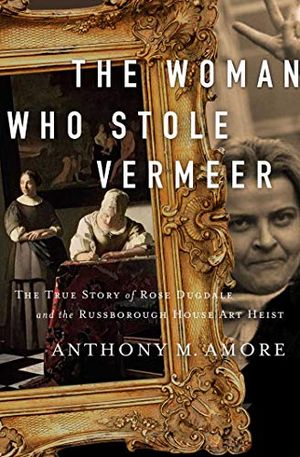
/https://tf-cmsv2-smithsonianmag-media.s3.amazonaws.com/filer_public/80/34/8034248f-4f89-41da-a4c3-c7ba20bd7964/gettyimages-833523486.jpg)
/https://tf-cmsv2-smithsonianmag-media.s3.amazonaws.com/filer_public/95/2b/952b40cb-89aa-4457-9146-64c70114b509/clementine.jpg)
/https://tf-cmsv2-smithsonianmag-media.s3.amazonaws.com/filer_public/8f/80/8f801e69-056f-4cf4-9968-31a2c23c00c2/woman_writing_a_letter_with_her_maid_by_johannes_vermeer.jpeg)
/https://tf-cmsv2-smithsonianmag-media.s3.amazonaws.com/filer_public/99/75/9975673d-4ff8-4d31-a268-ffd26e424ba1/tiede_herrema_1975.jpeg)
/https://tf-cmsv2-smithsonianmag-media.s3.amazonaws.com/filer_public/c3/85/c385d3c0-580a-45d2-9828-a101bc5db9b6/gettyimages-2110556848.jpg)










